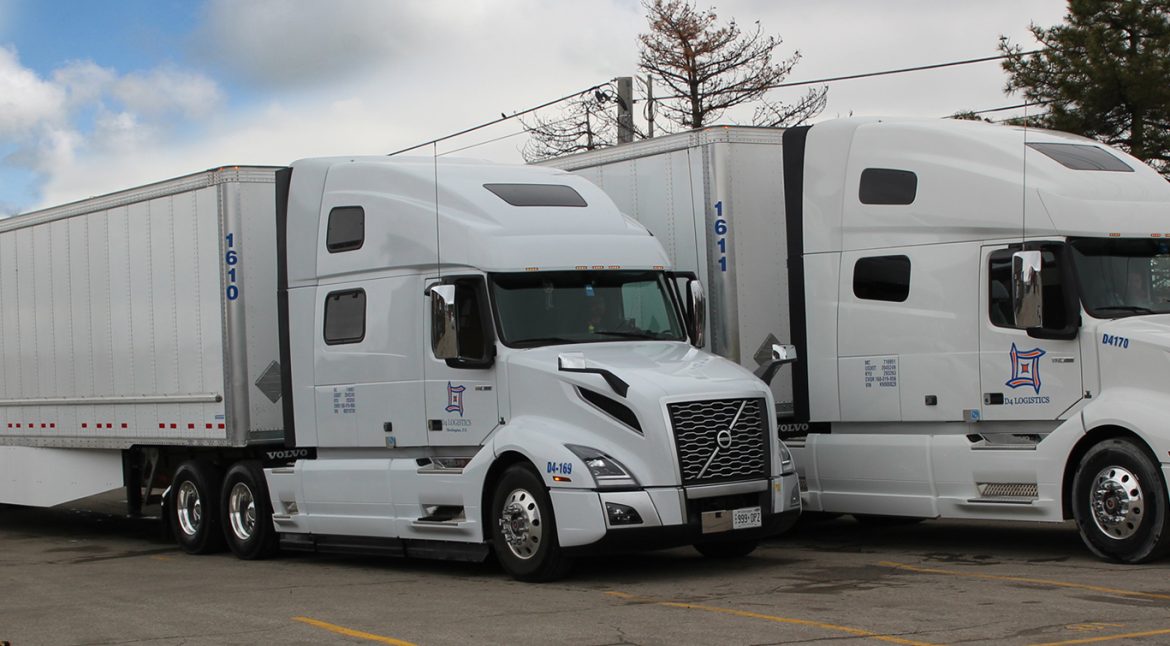ELDs, the acronym for Electronic Logging Devices, are widely used throughout the transportation and logistics industries. In fact, they became mandated in the United States in 2017 under the MAP-21 law, also called “Moving Ahead for Progress in the 21st Century Act.” As for trucking companies in Ontario, drivers still self-report, but it won’t be long until Canada also puts a similar mandate in place.
Before using ELDs, trucking organizations in the U.S. manually logged information just as transport companies in Ontario still do. At the point when Canada implements a similar law, any company throughout the country that provides transportation services, including in Ontario, would become non-compliant if no ELDs are installed in their fleet of trucks.
The reason for the installation of ELDs is to improve road safety. Instead of drivers keeping a daily log of driving records, the device would instead capture pertinent information. That includes on- and off-duty times as well as the number of hours driven per day. The goal is to ensure that truckers get adequate rest, so they can perform both optimally and safely.
All that sounds great, right? Well, according to drivers for transport companies in Ontario and the U.S., not so much. The biggest concern has to do with trucking companies’ capacity. In other words, many drivers worry that the strict rules associated with ELDs will make it nearly impossible to meet the increasing demand of the customers they serve.
Just like in the U.S., trucking companies in Ontario won’t have enough hours to deliver goods. Ultimately, that’ll lead to late shipments and unhappy customers, which could have a significant impact on the transportation industry as a whole. To better understand these concerns, consider some examples of the mandates established in the U.S. Remember, Ontario companies that provide transport services will soon face the same challenges.
- Maximum of 11 hours of driving time per day, but only if drivers are off duty 10 hours in a row
- Drivers must take breaks and can only drive if eight hours or less passed since their last off-duty period
- Truckers cannot drive more than 60 hours if they’ve been on-duty seven consecutive days during the same period
- Truckers cannot drive more than 70 hours if they’ve been on-duty eight consecutive days during the same period
- Each period restarts after a driver is off-duty for 34 hours or more
So, what does that mean? For the transportation industry, it means that trucking companies in Ontario and throughout Canada will soon have to follow strict regulations as to the number of trips and the hours their drivers can complete within a given period. That raises a lot of questions as to whether transportation companies will be able to fulfill the customer’s orders and generate revenue.
Your Most Reliable Source
At D4 Logistics, we’ll follow any mandates set by the Canadian government. However, we’ll find workarounds to ensure that we continue providing superior service. That entails delivering goods on time yet in a safe manner. For all your transportation needs, give us a call.



